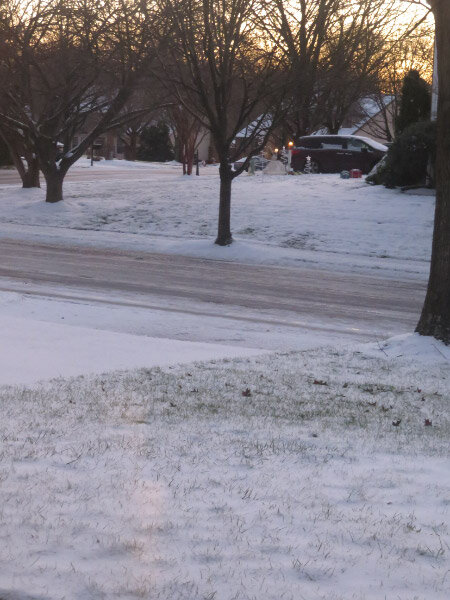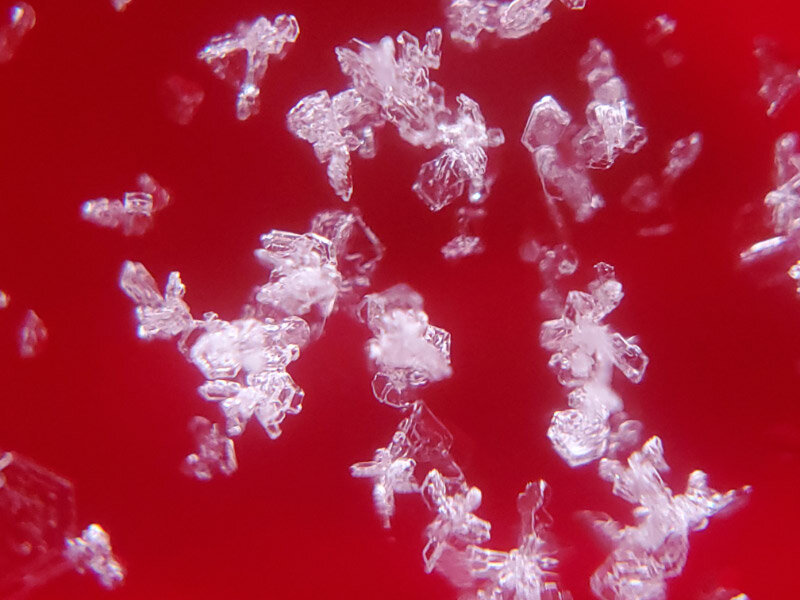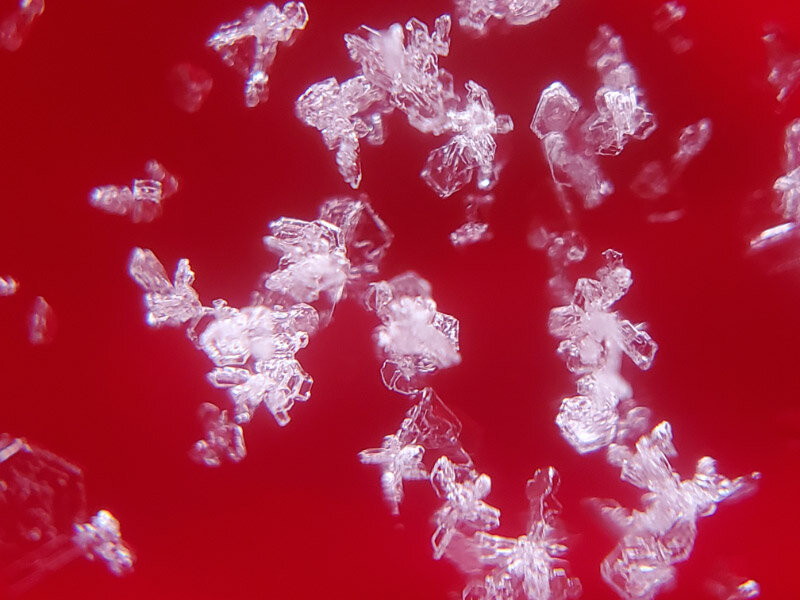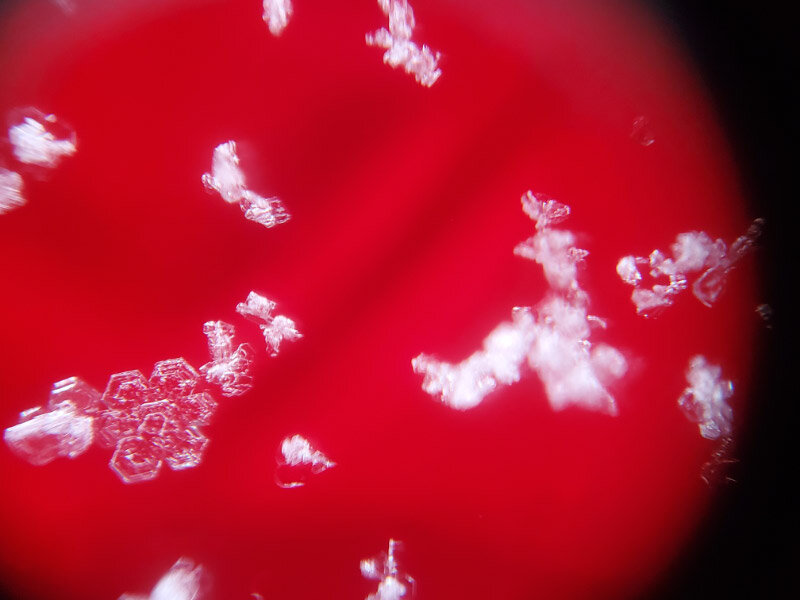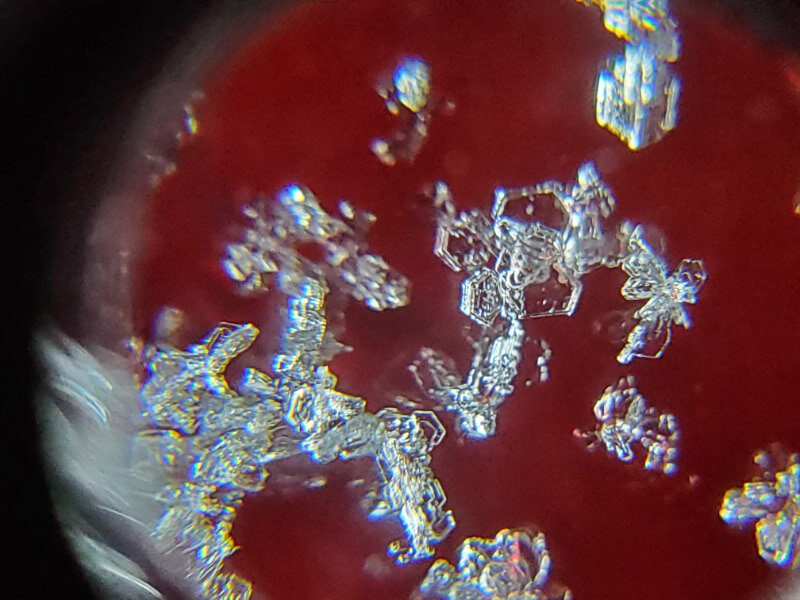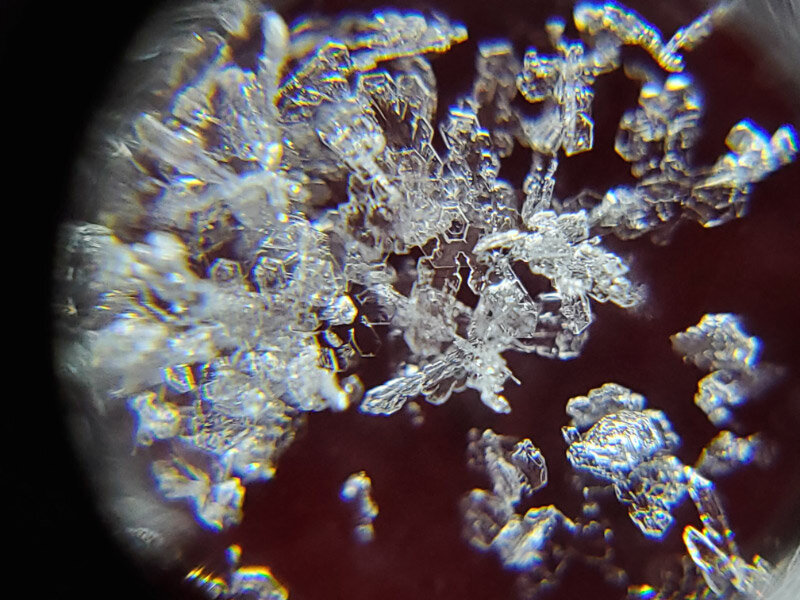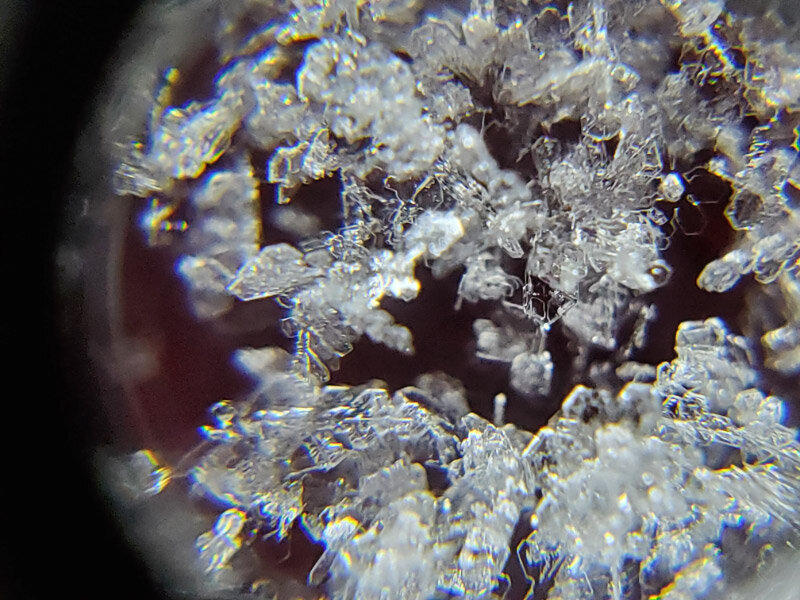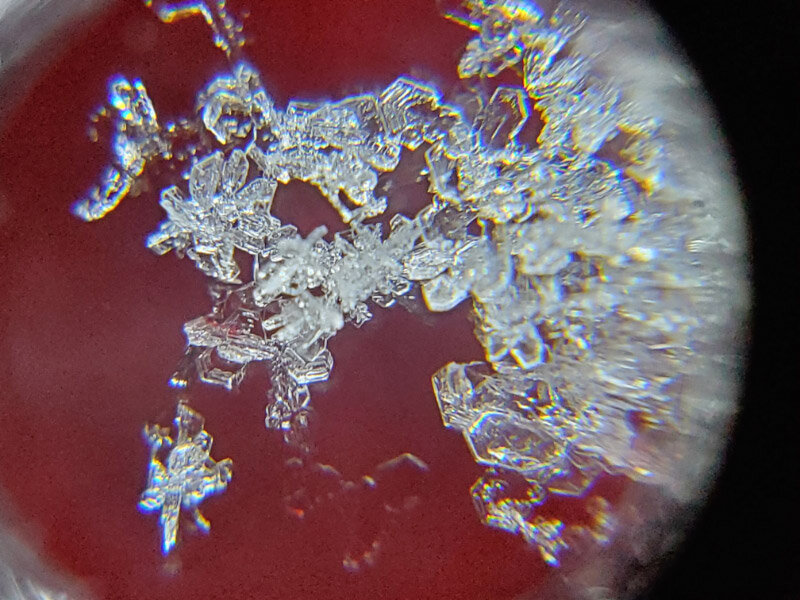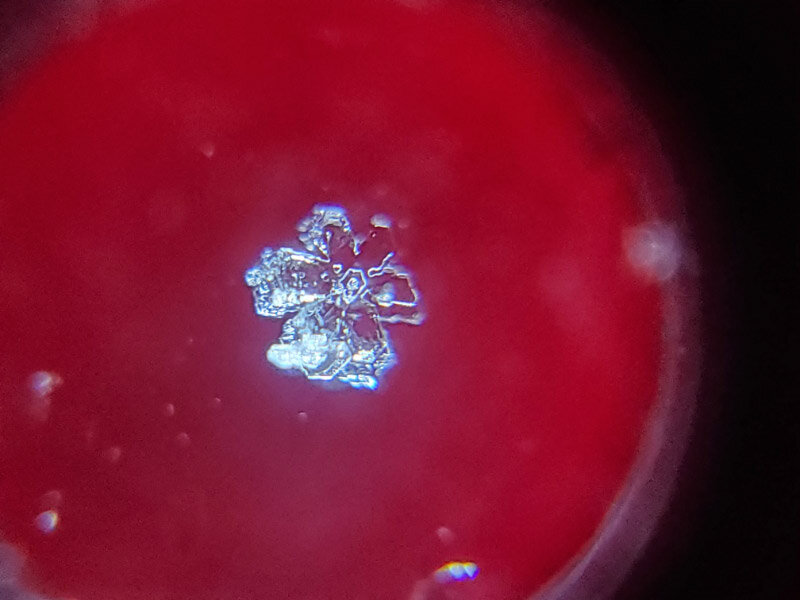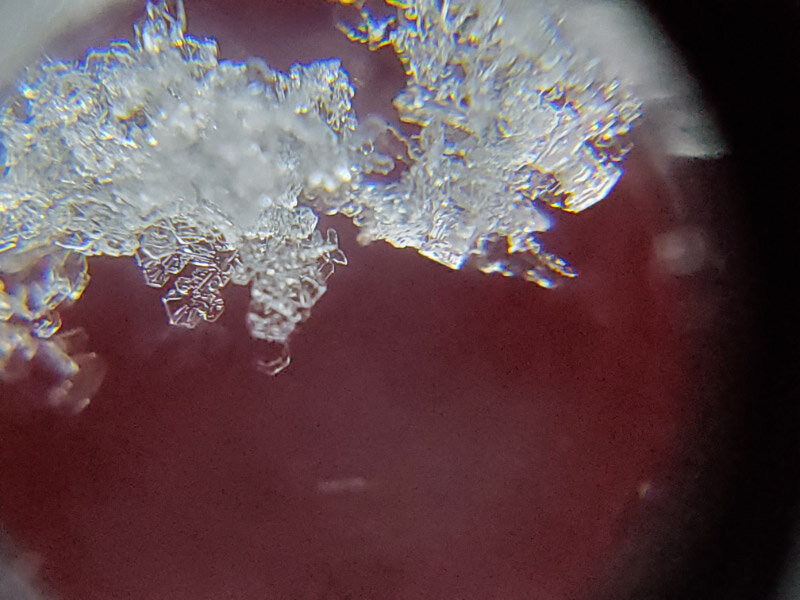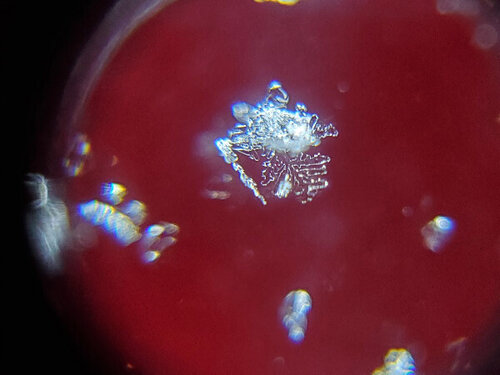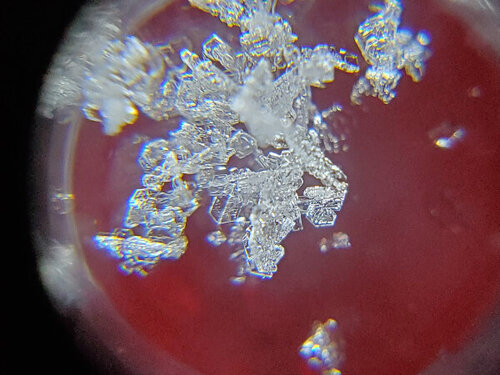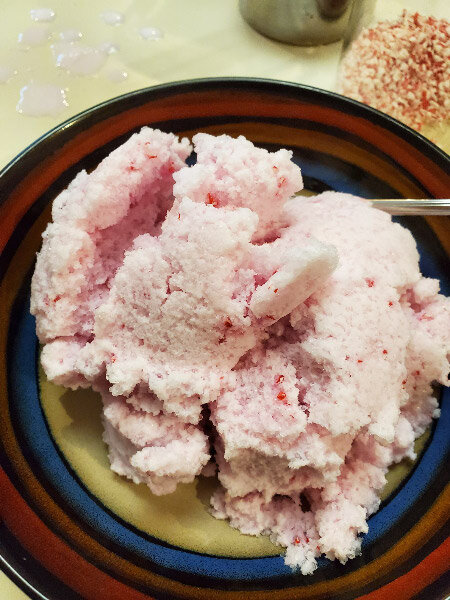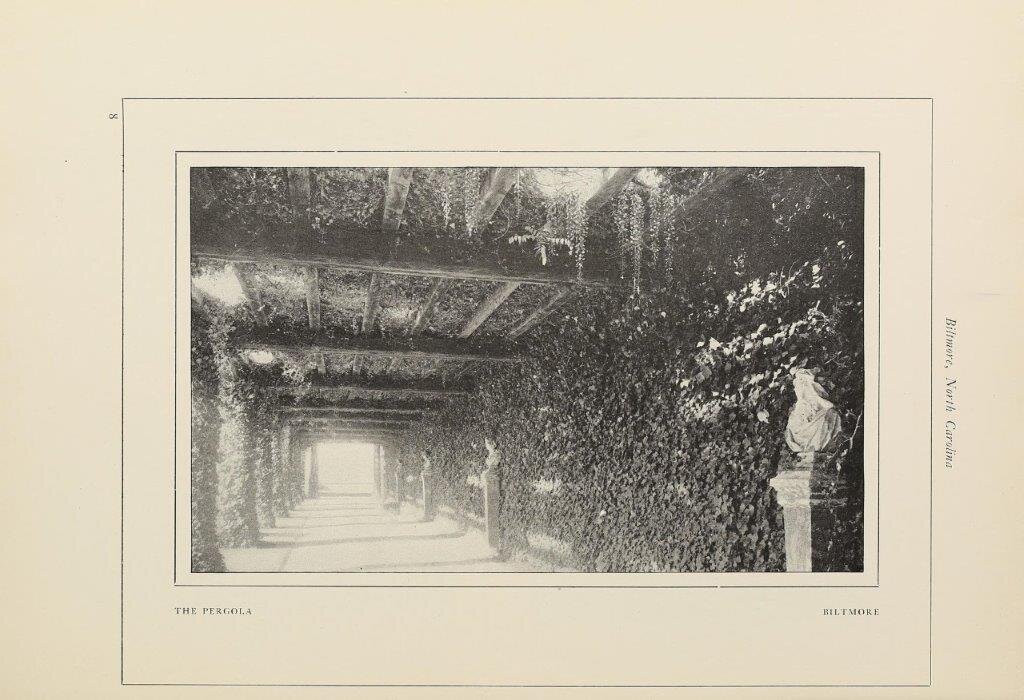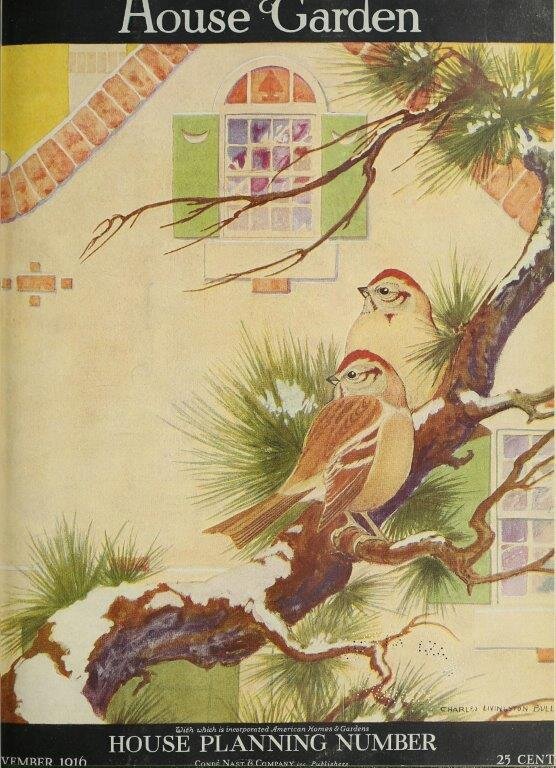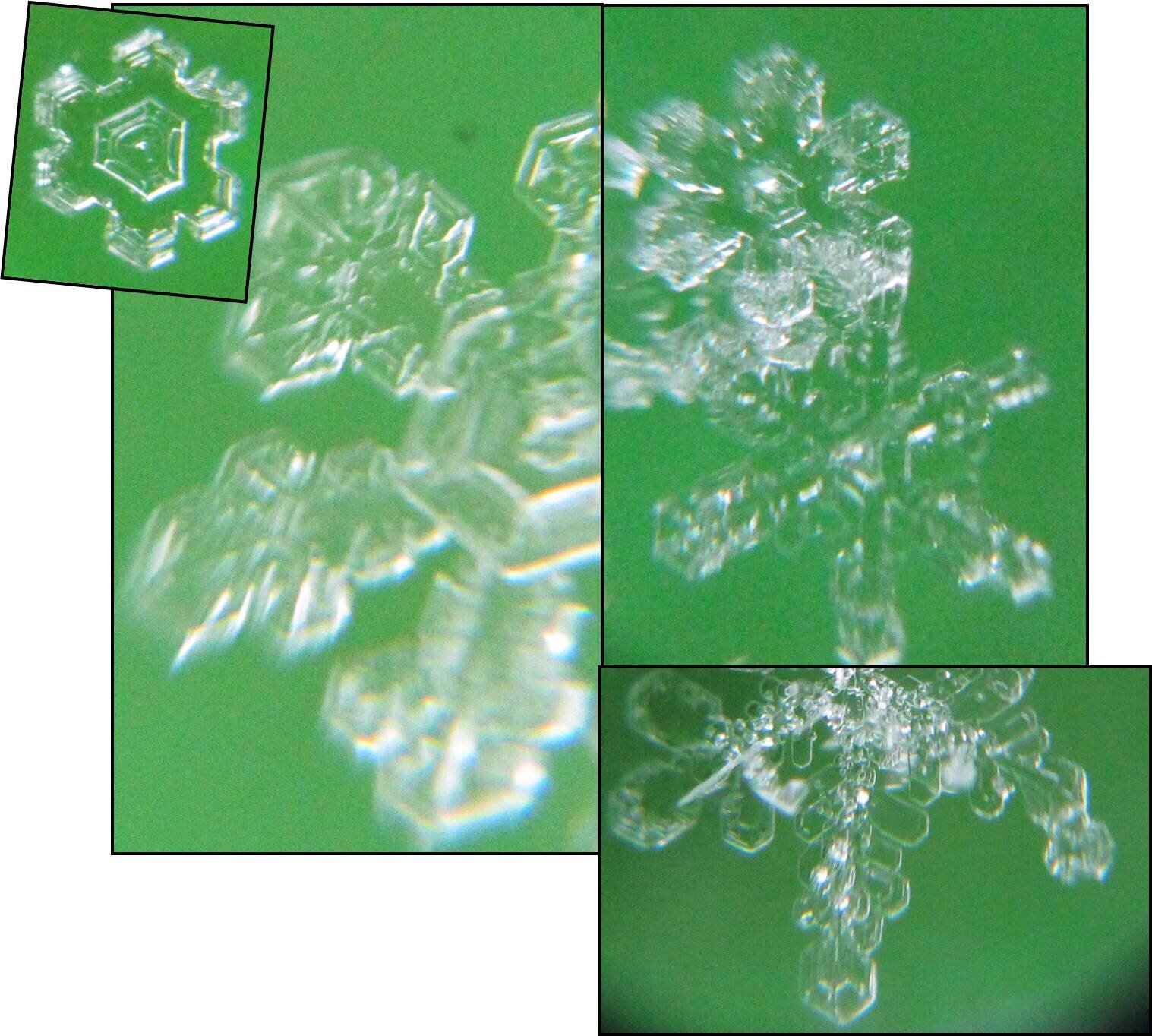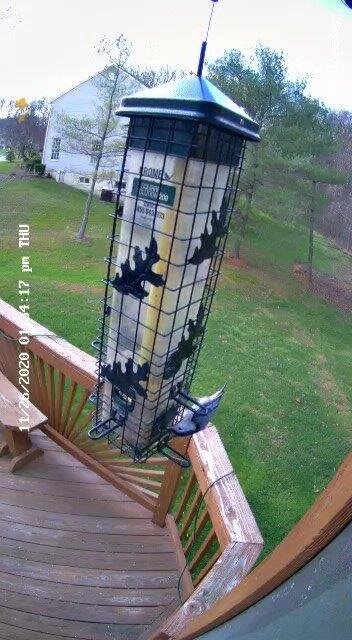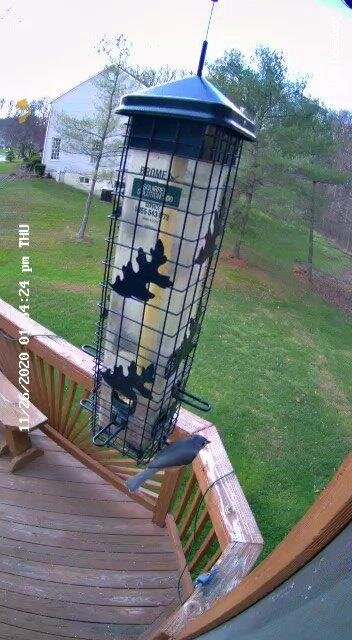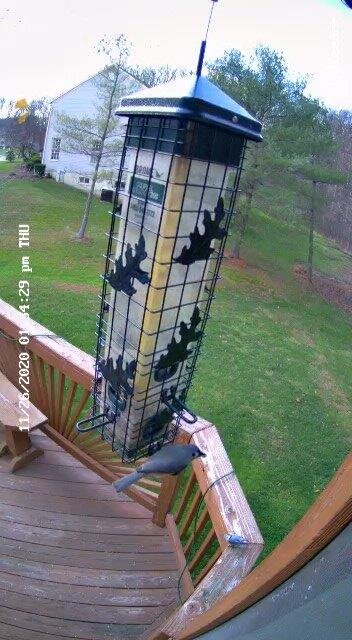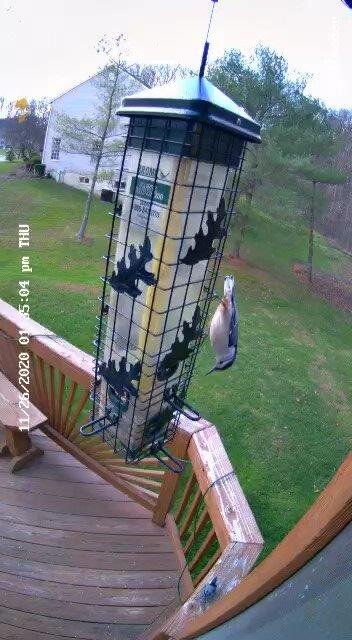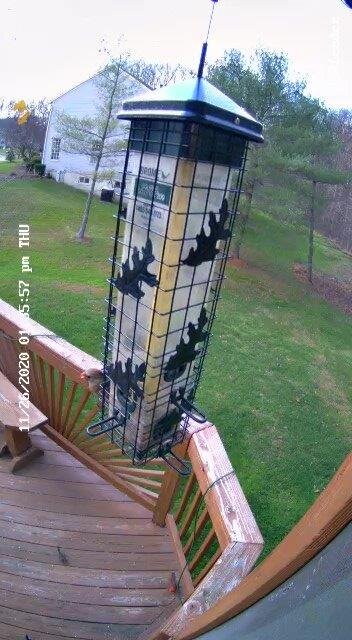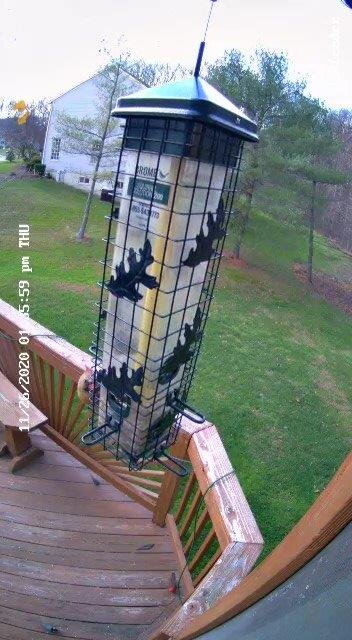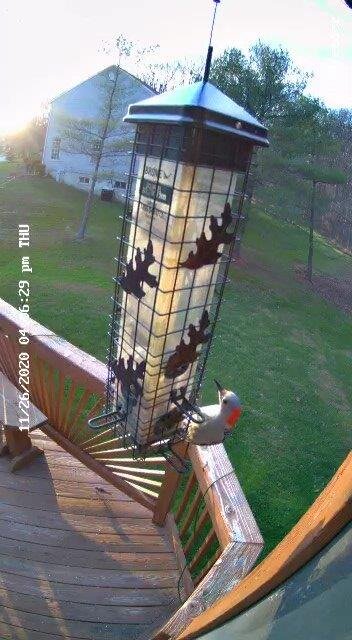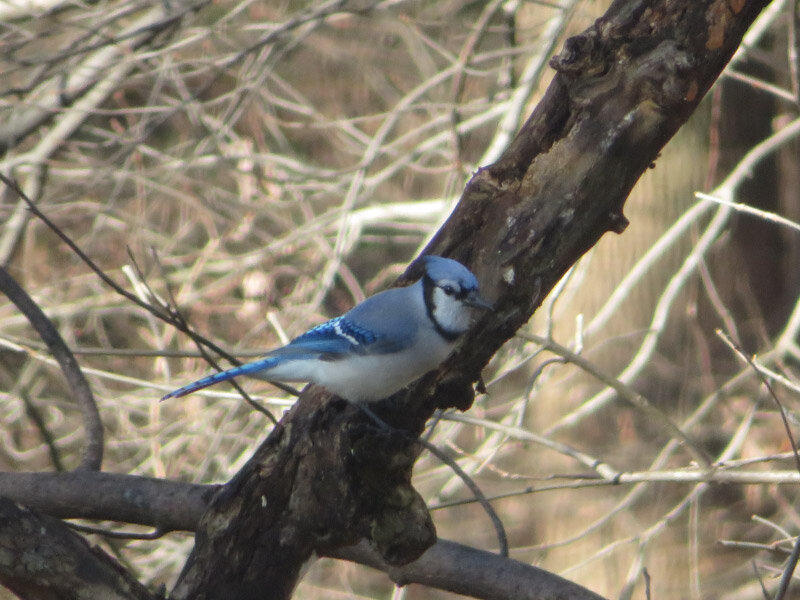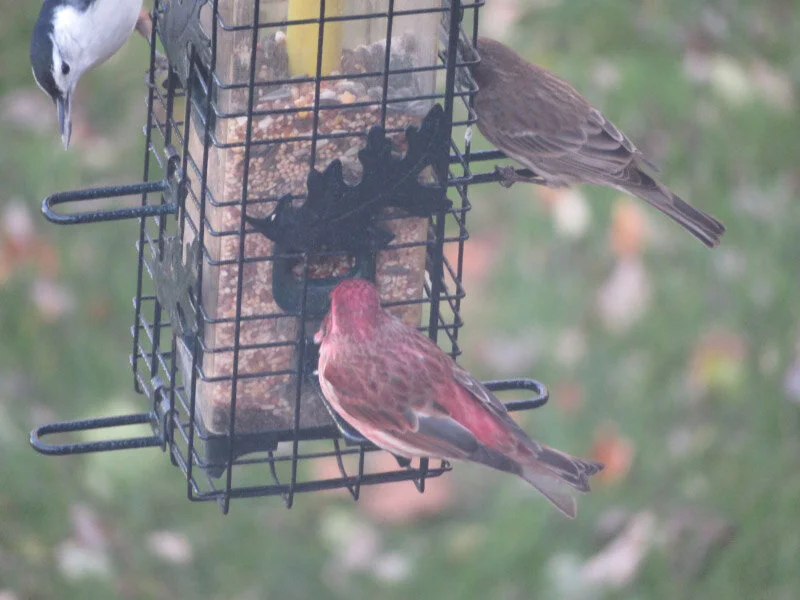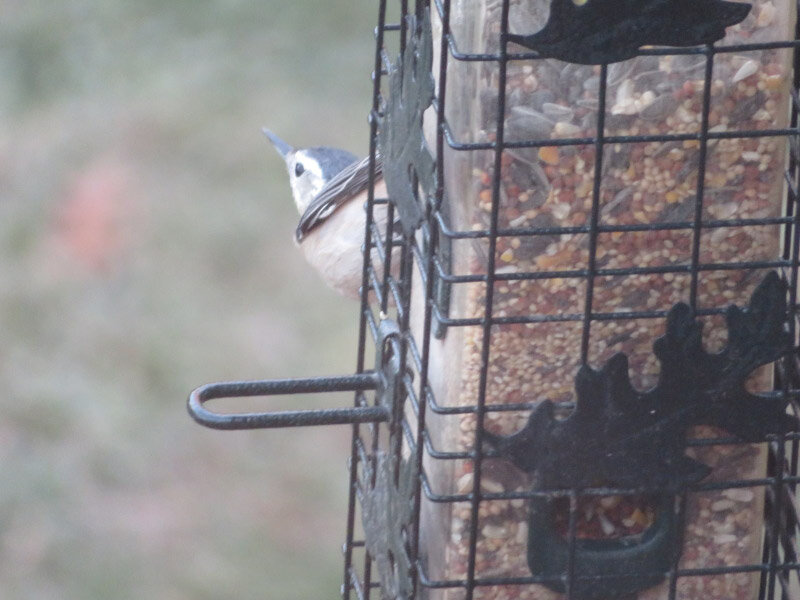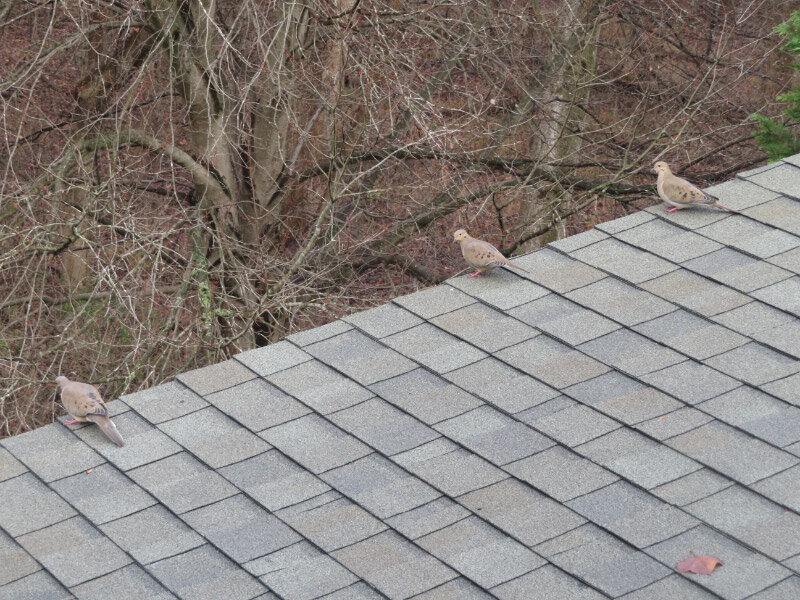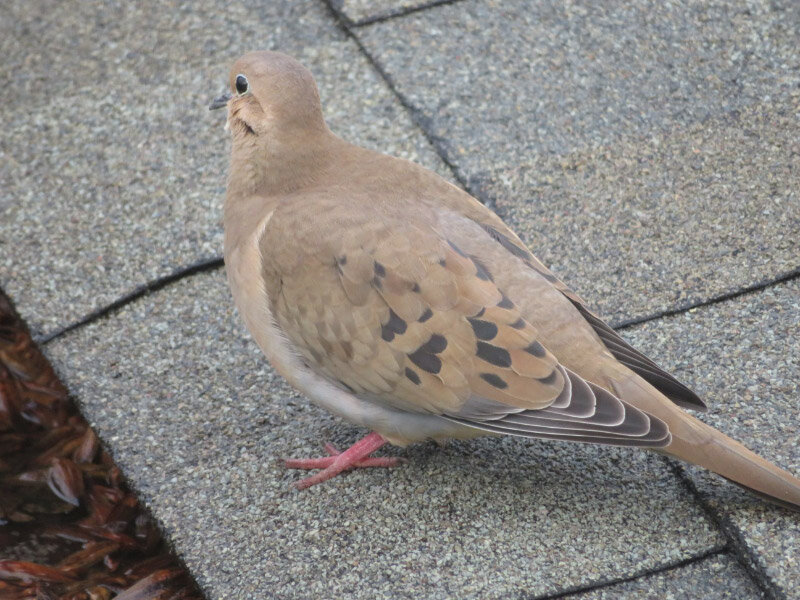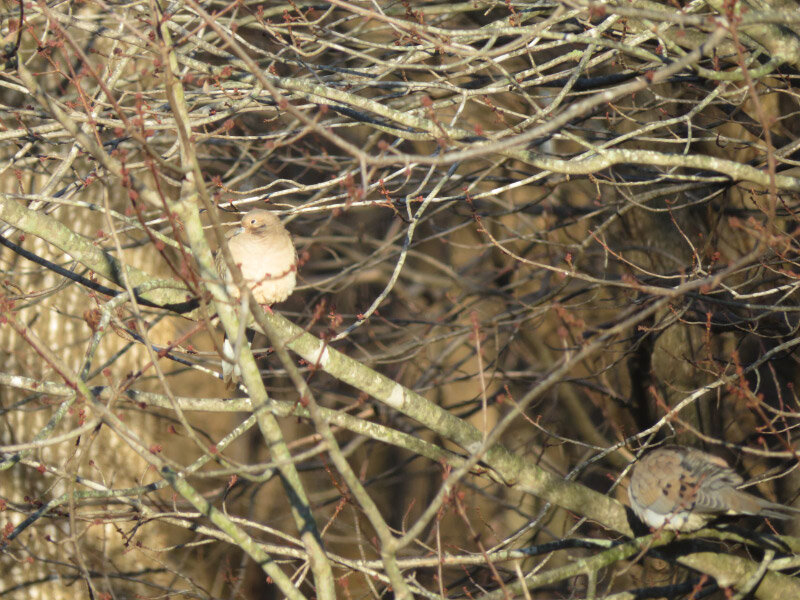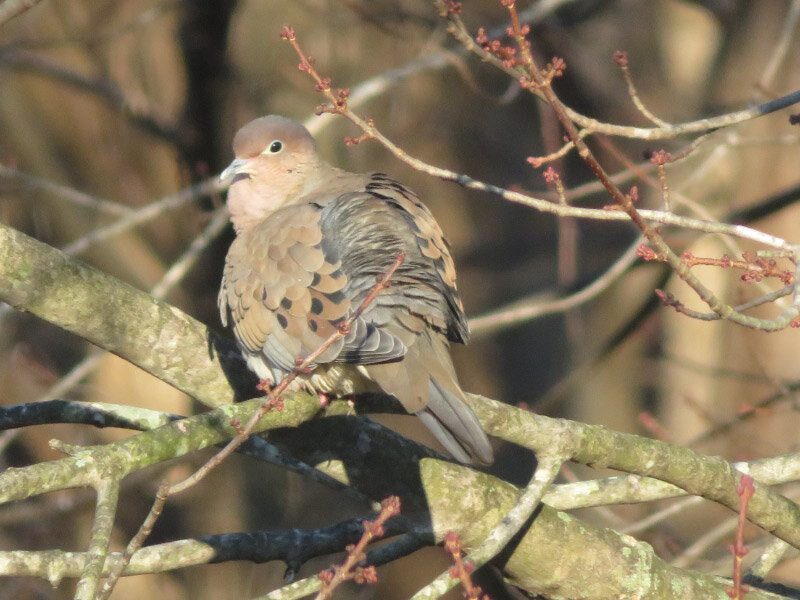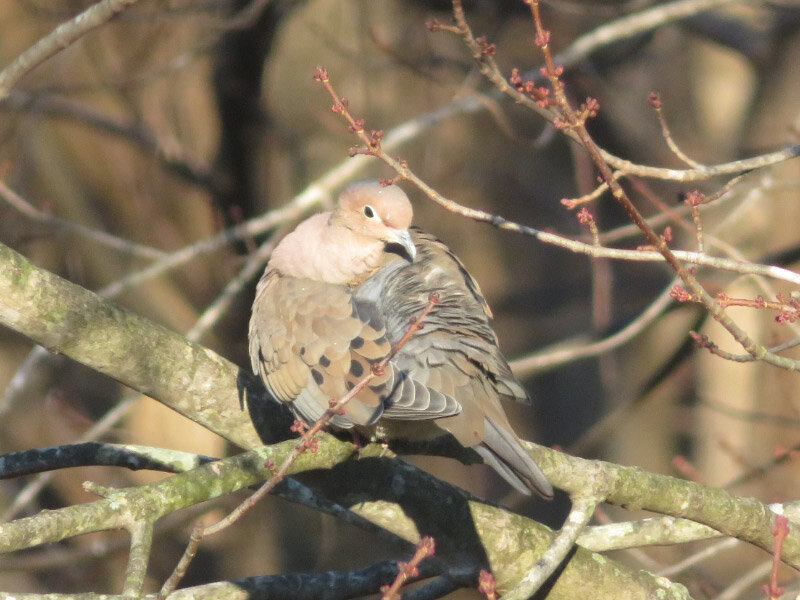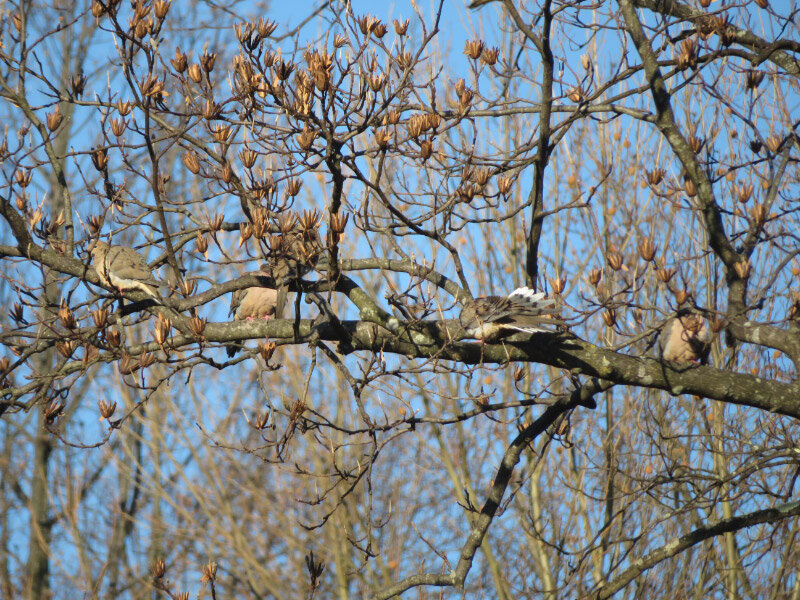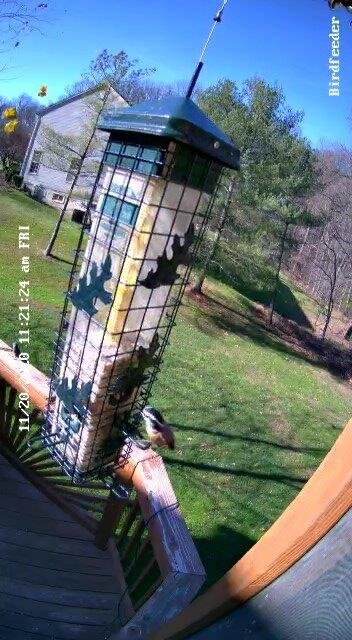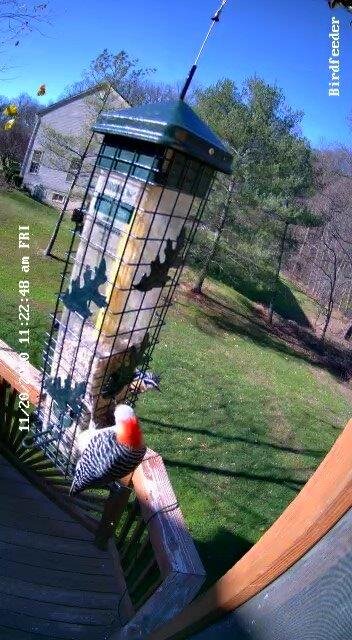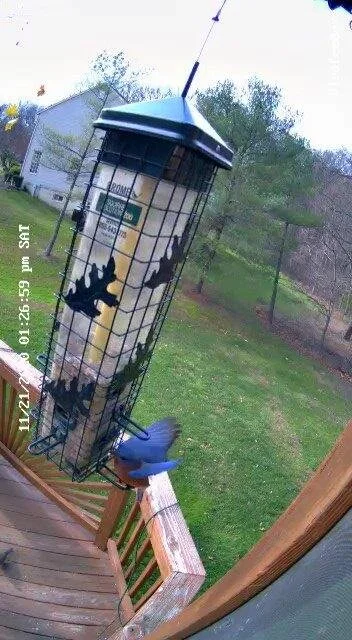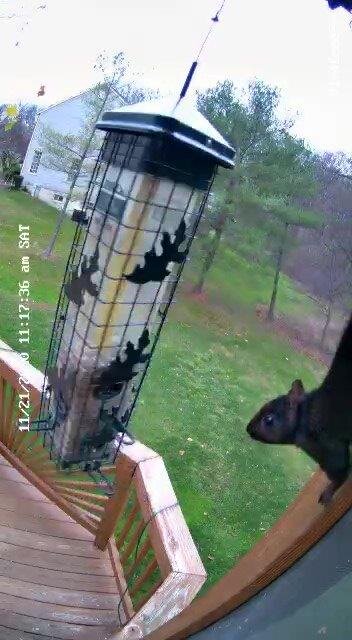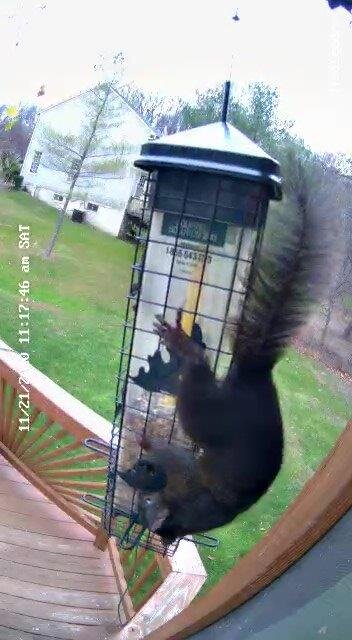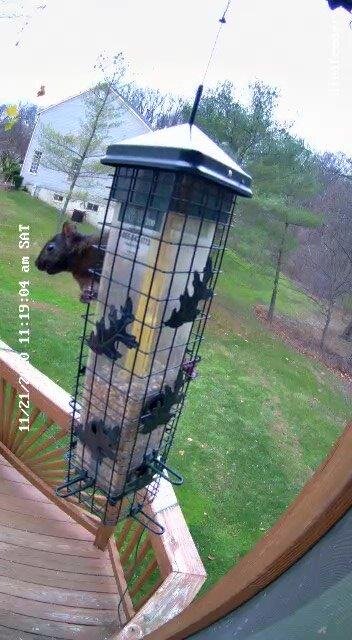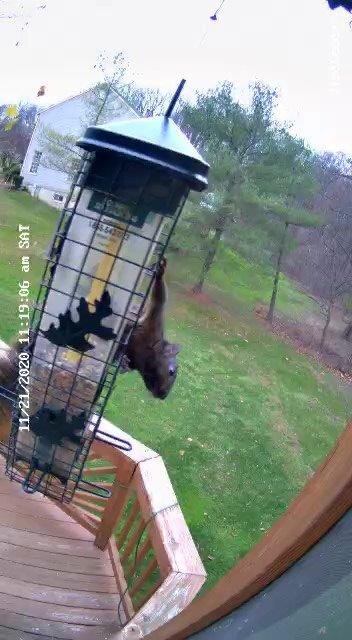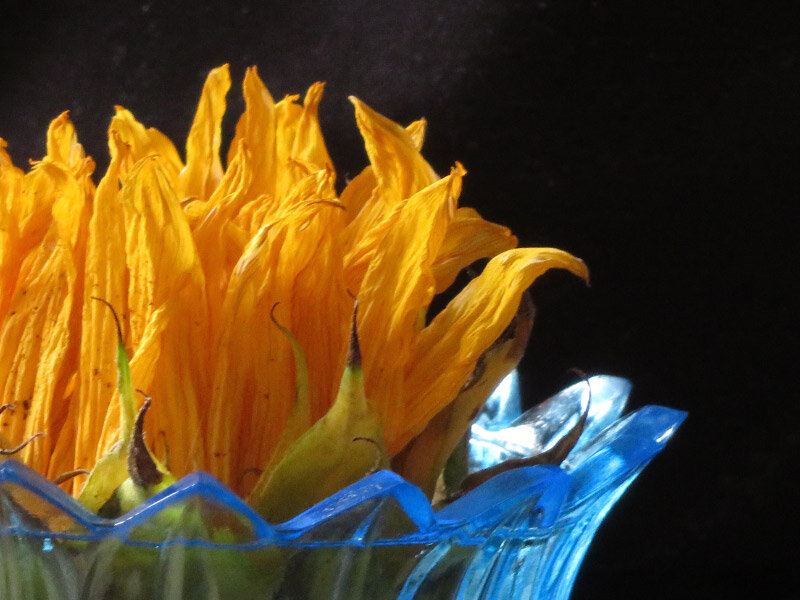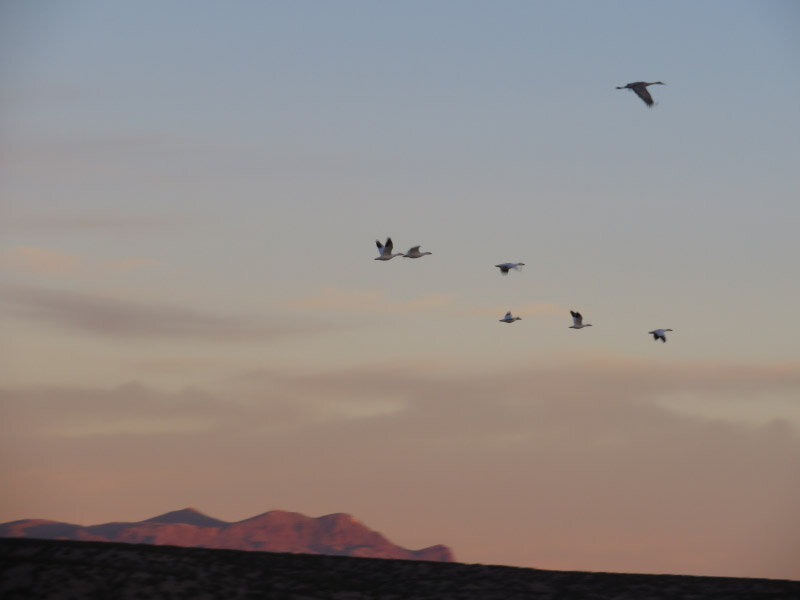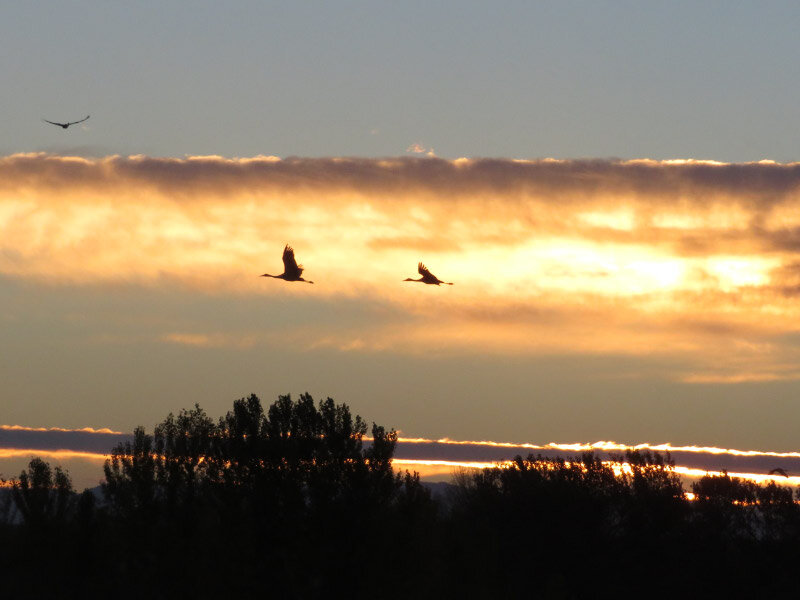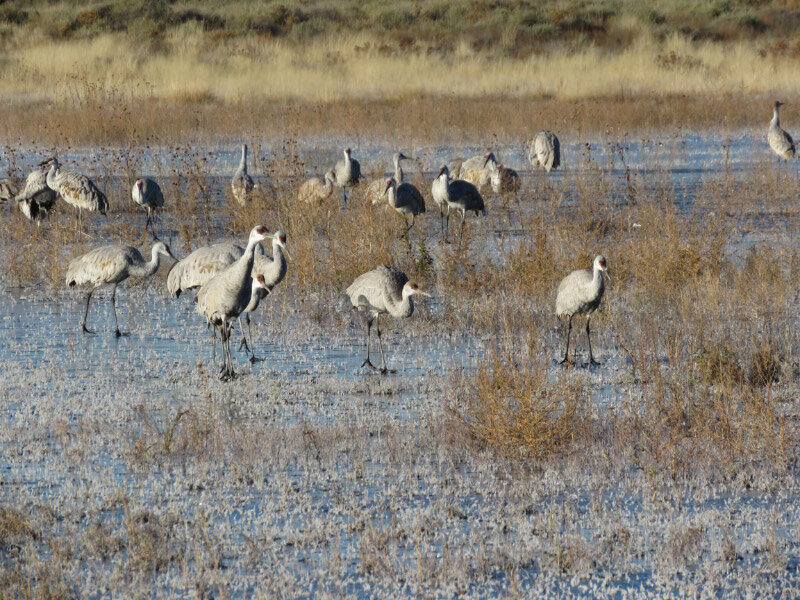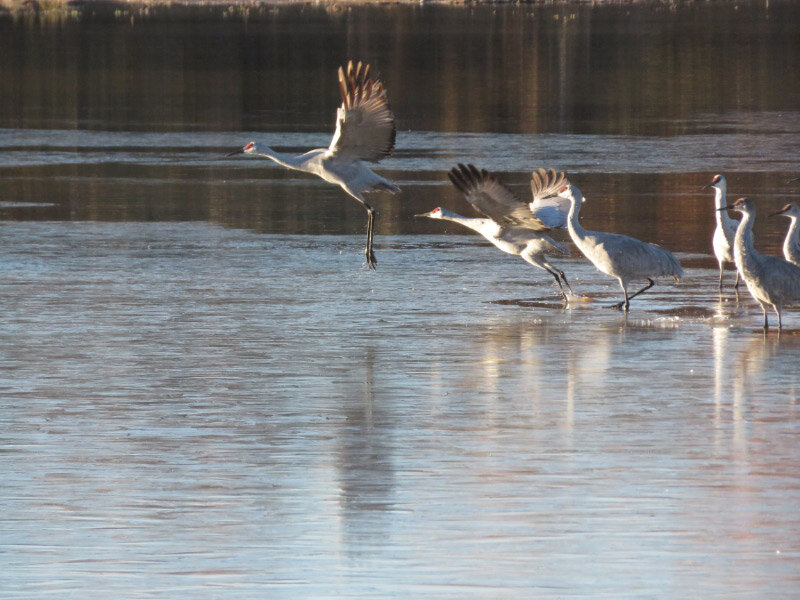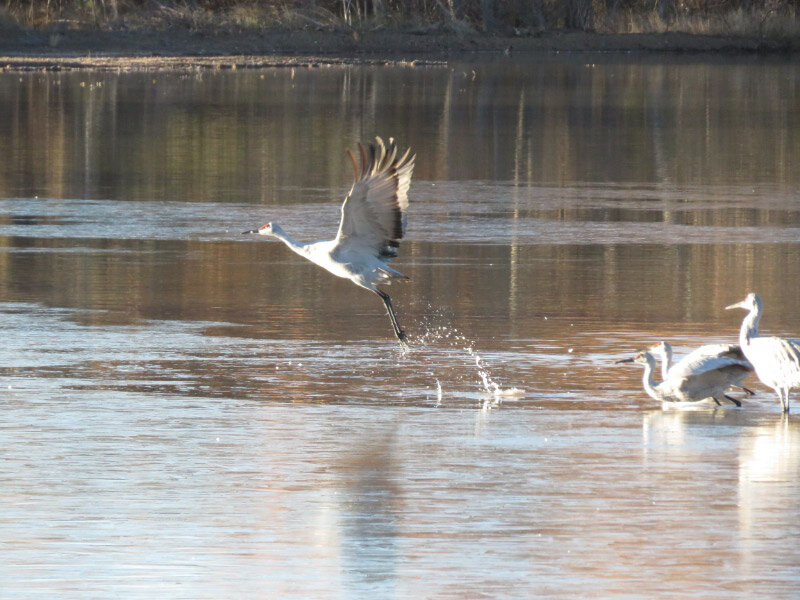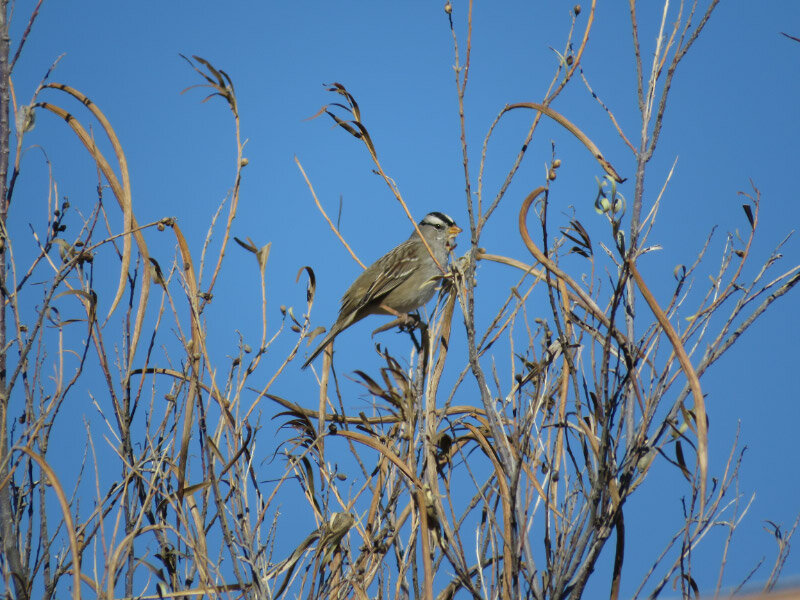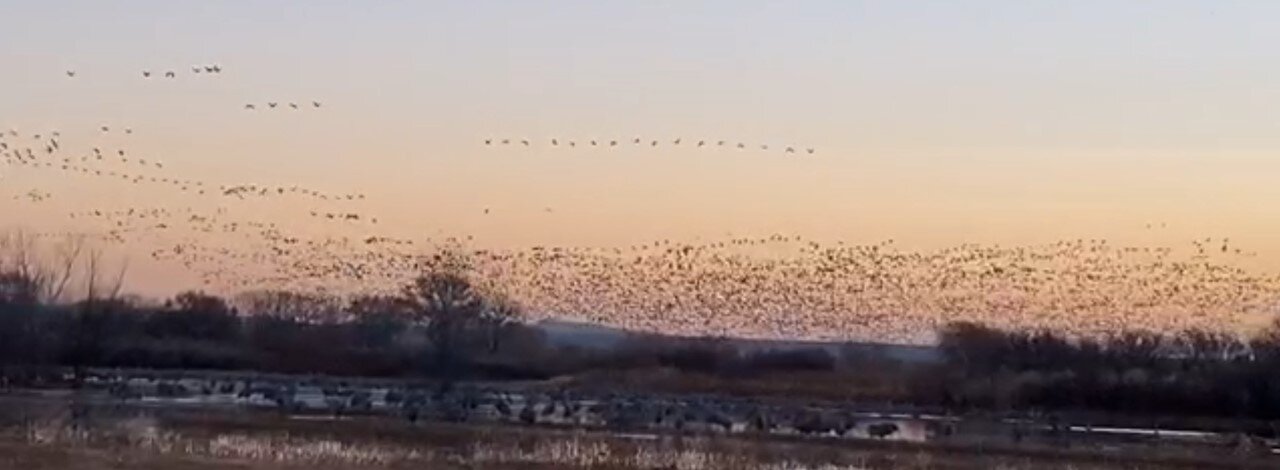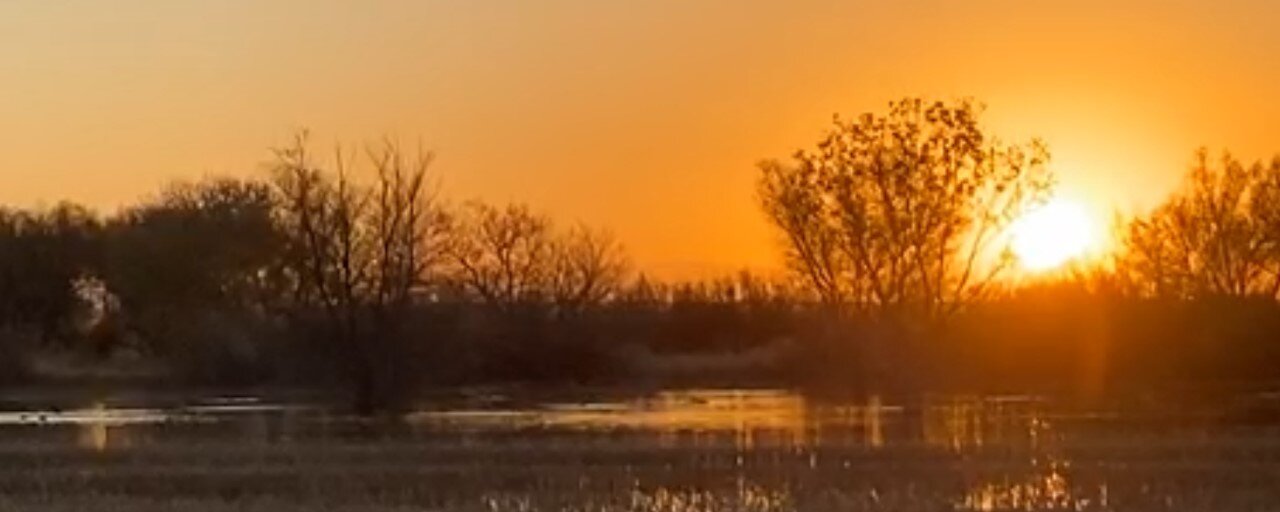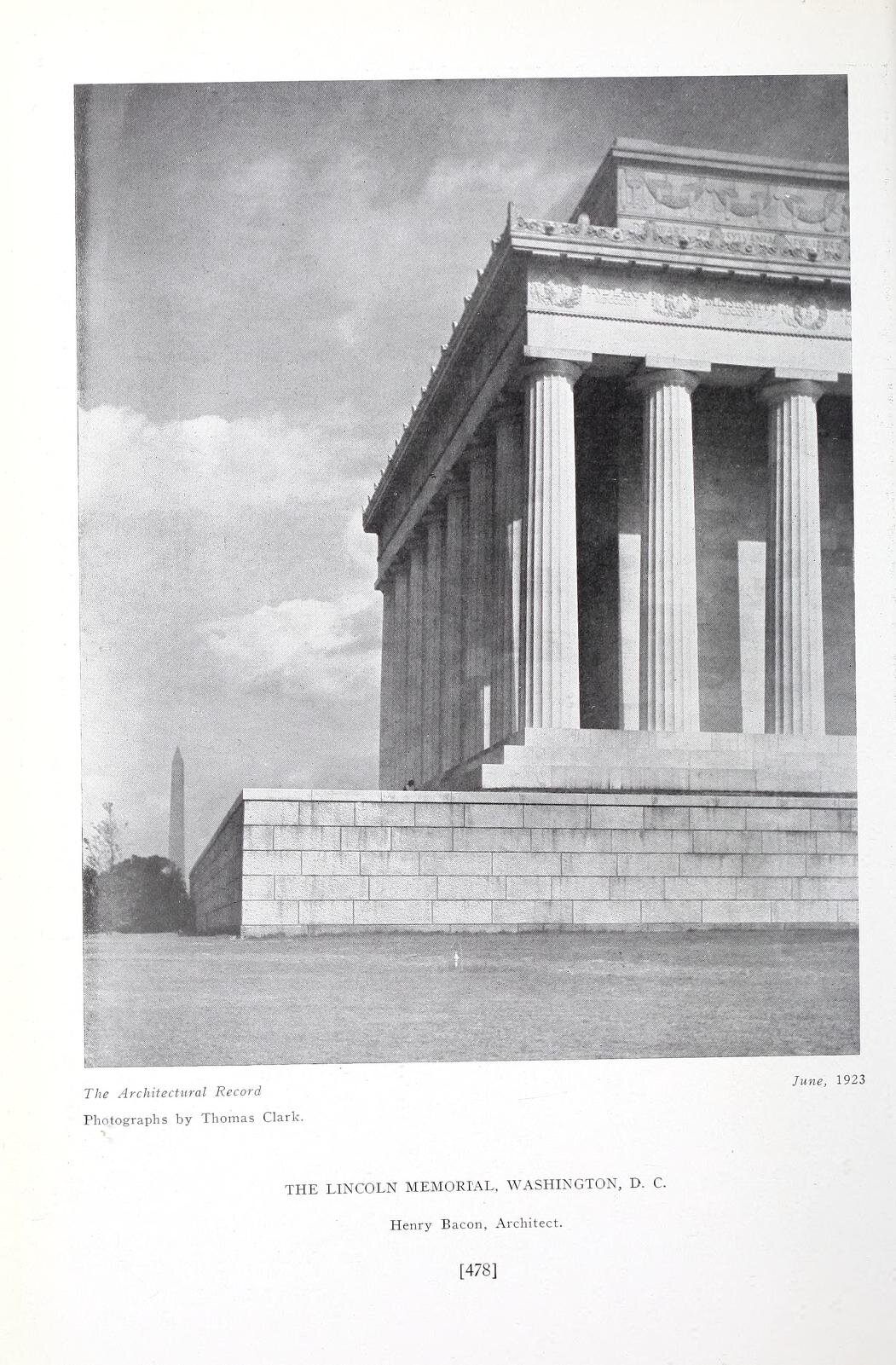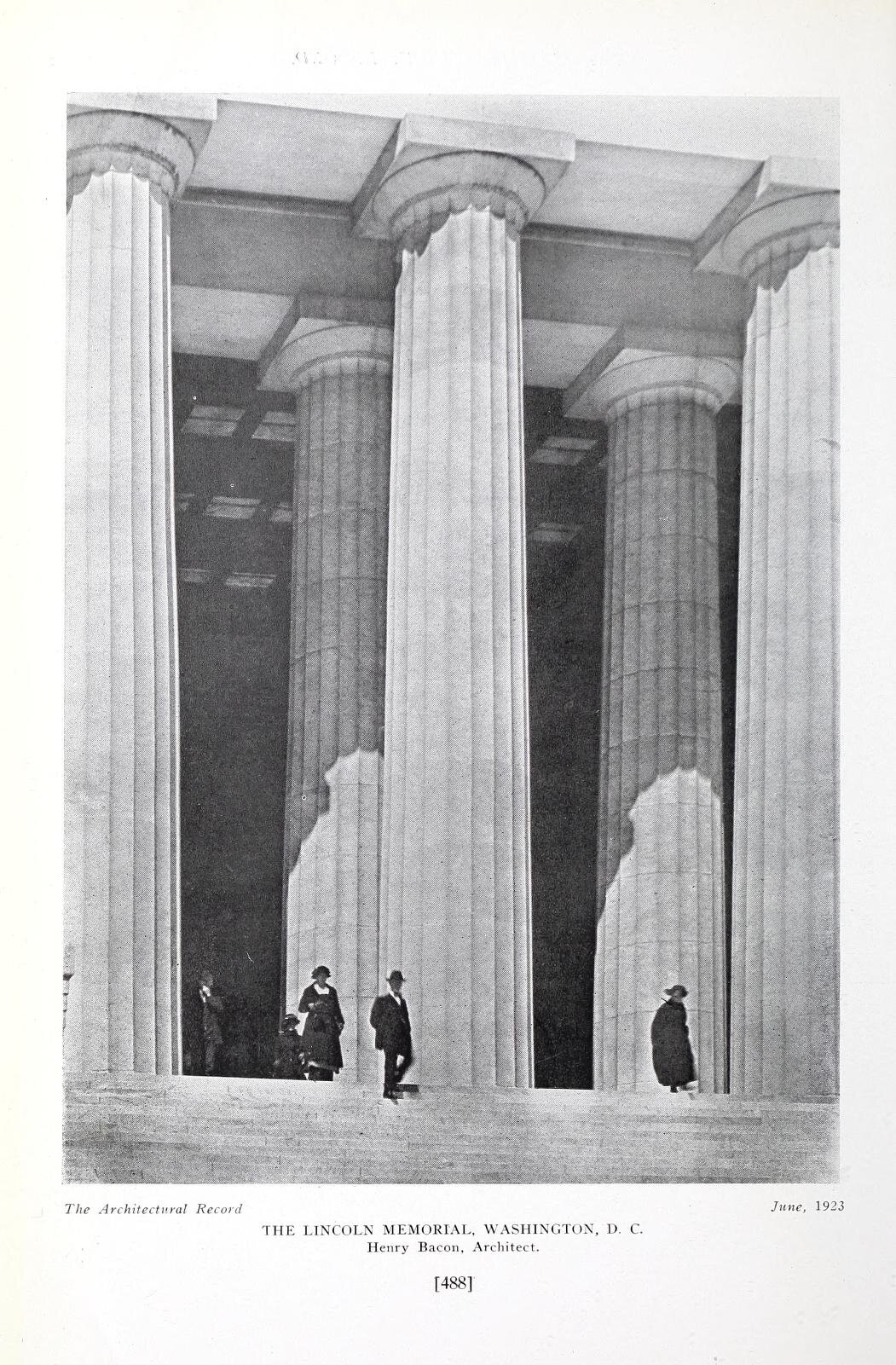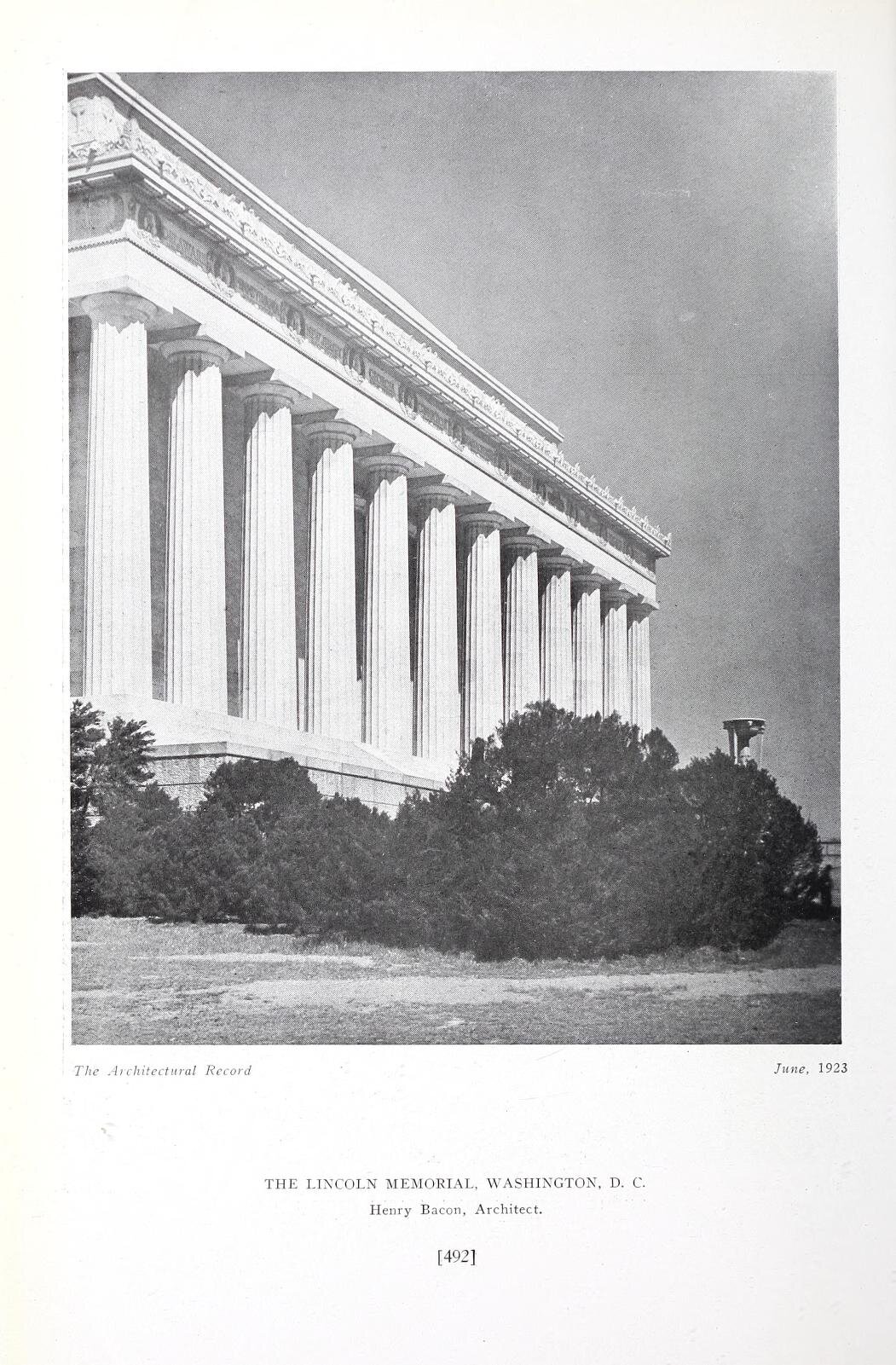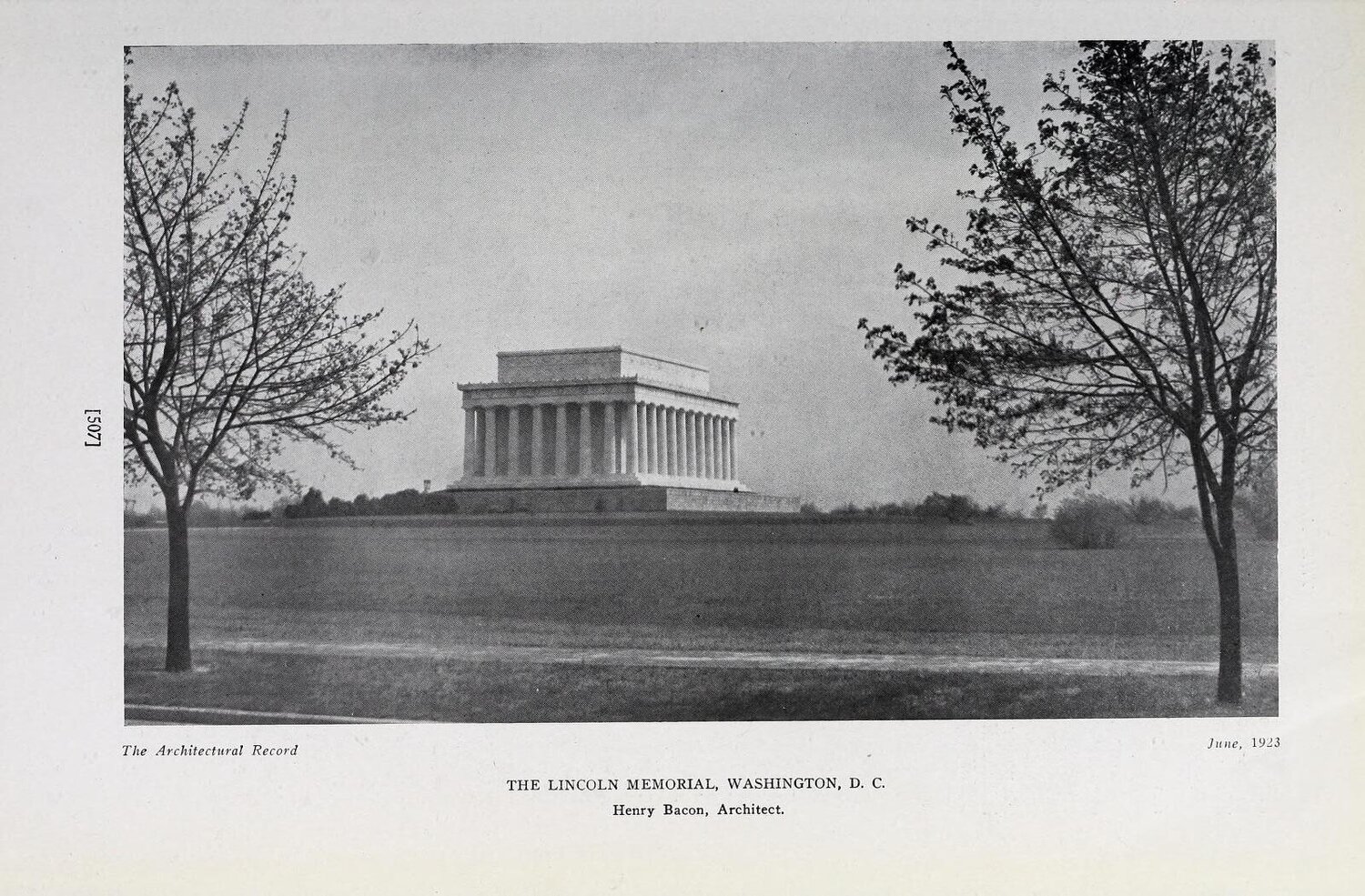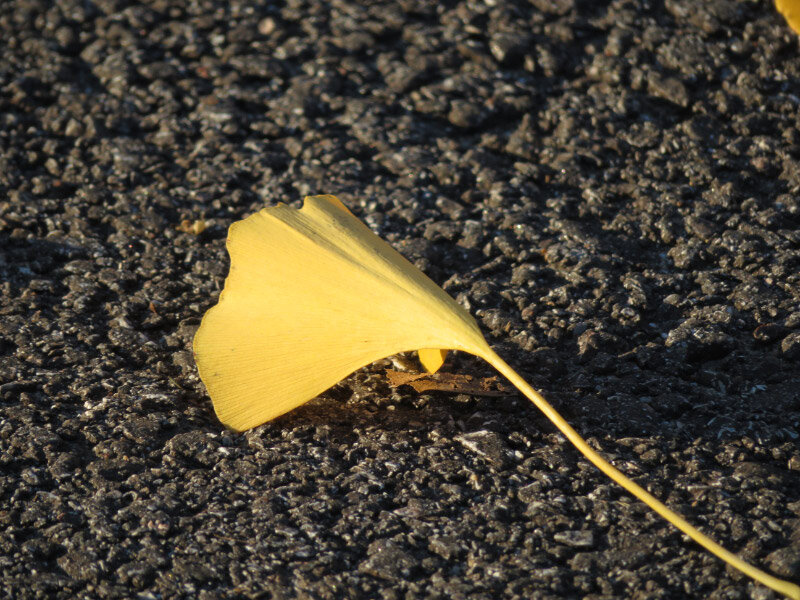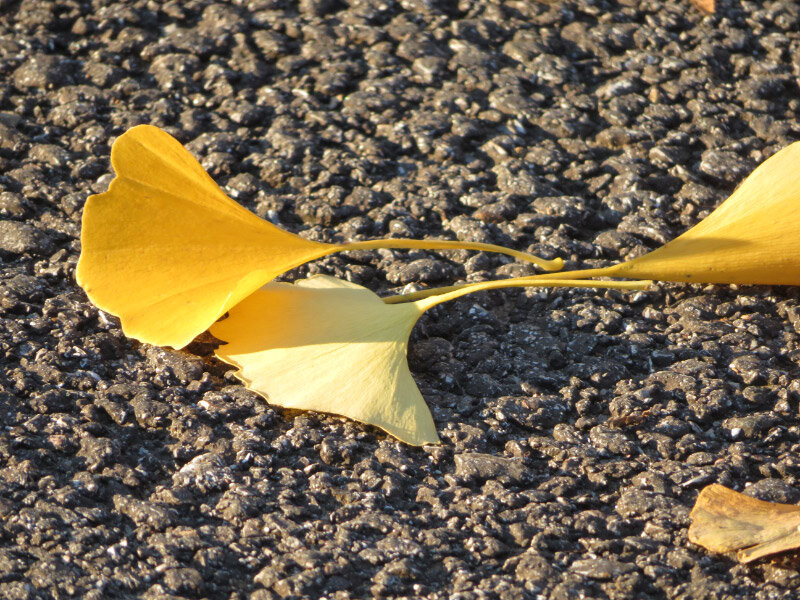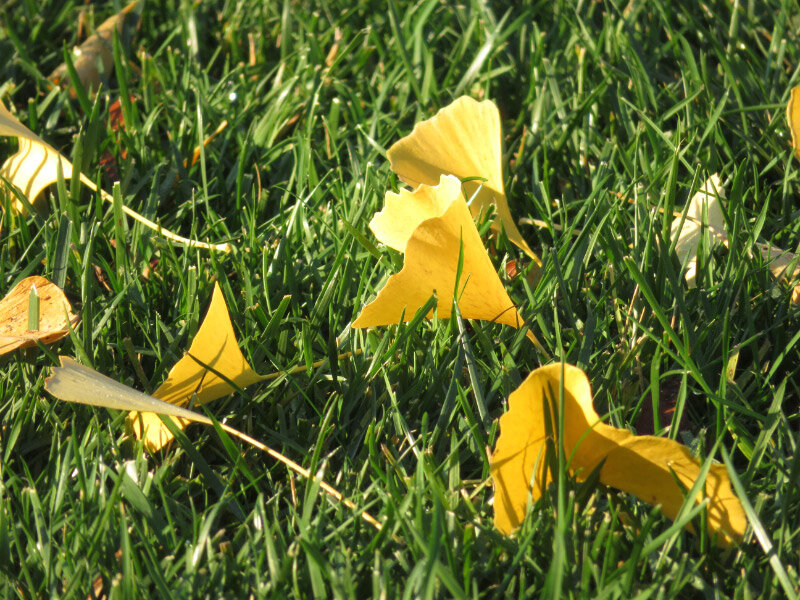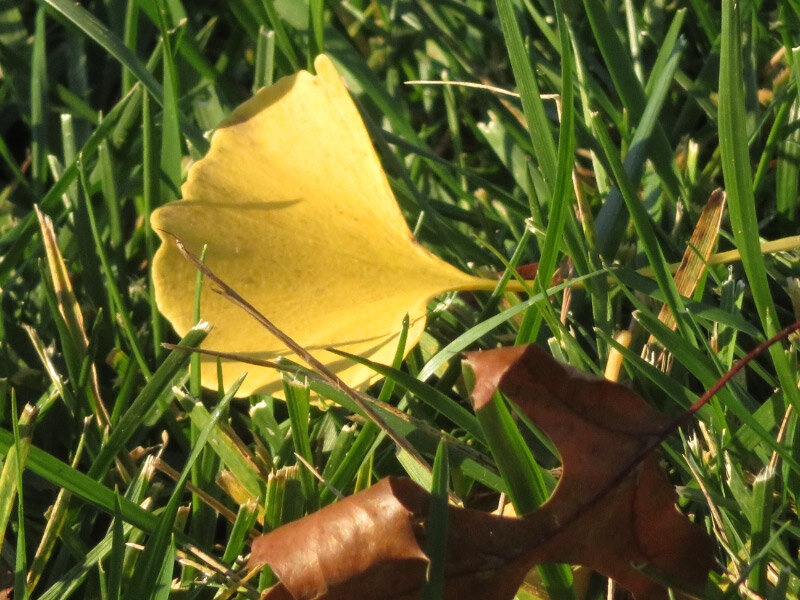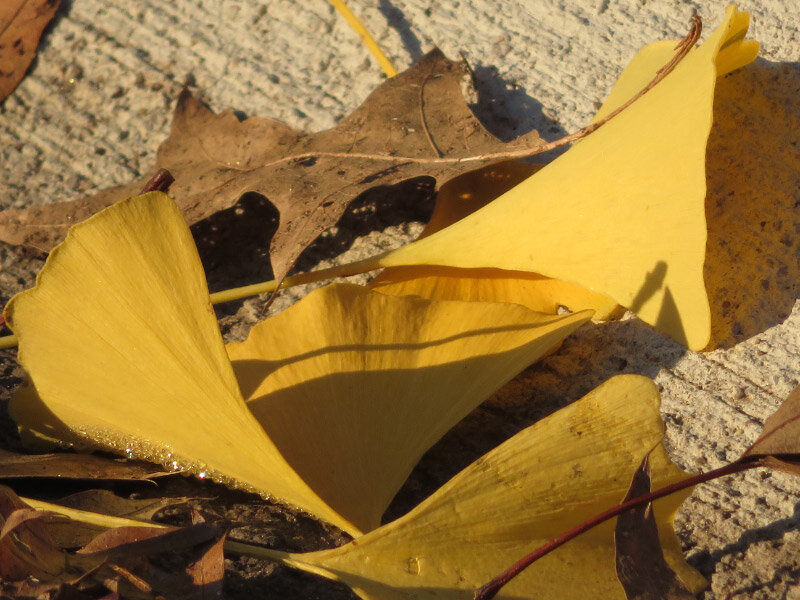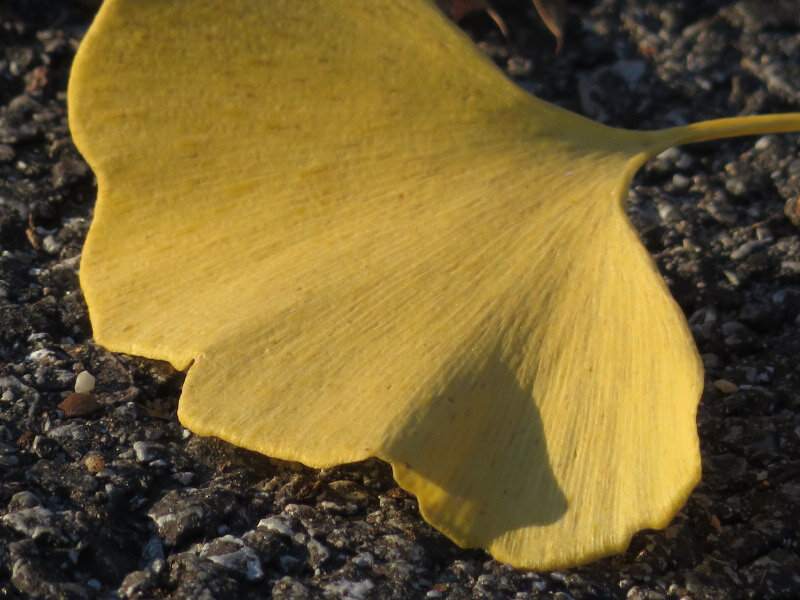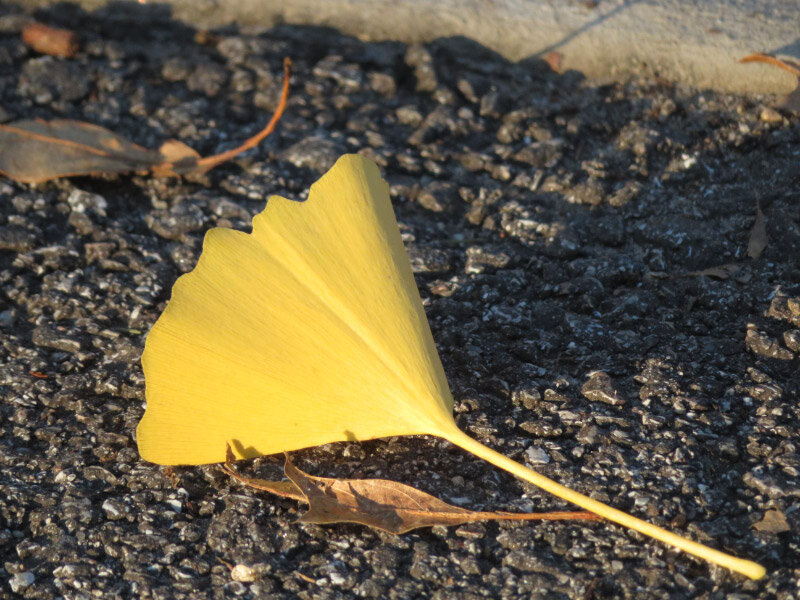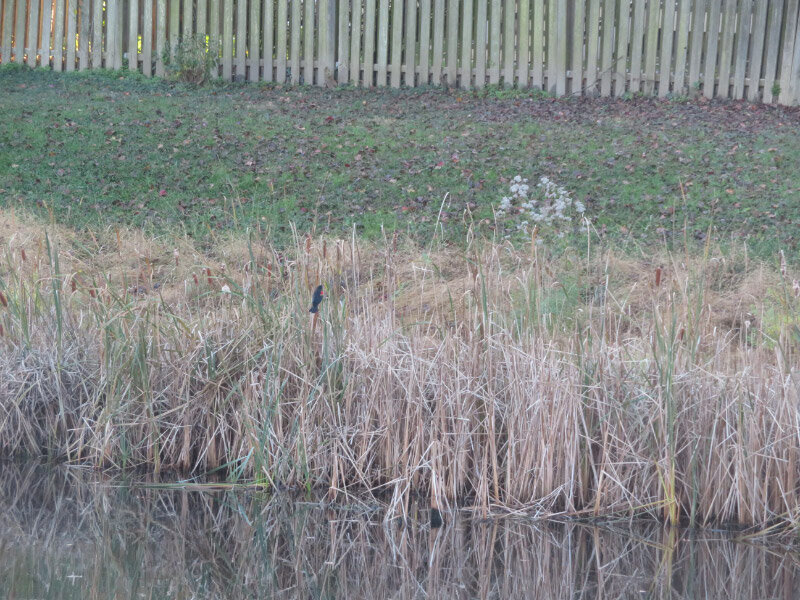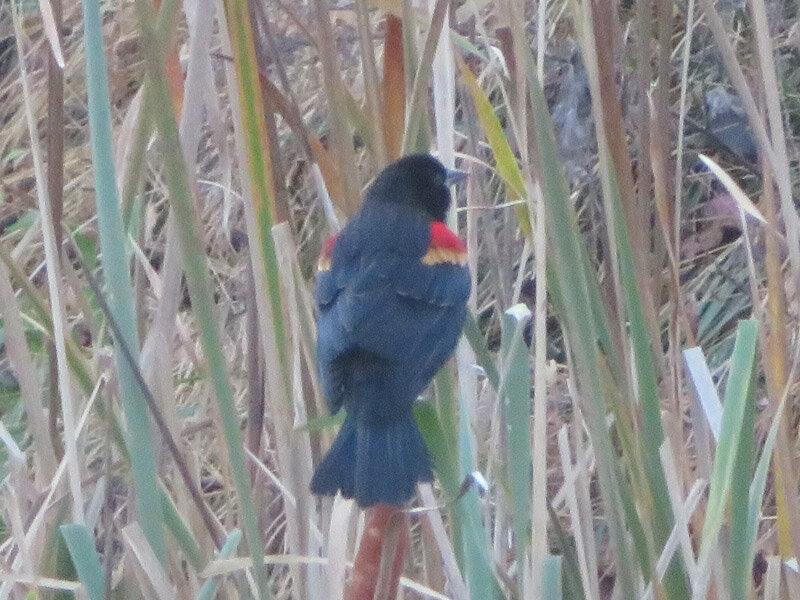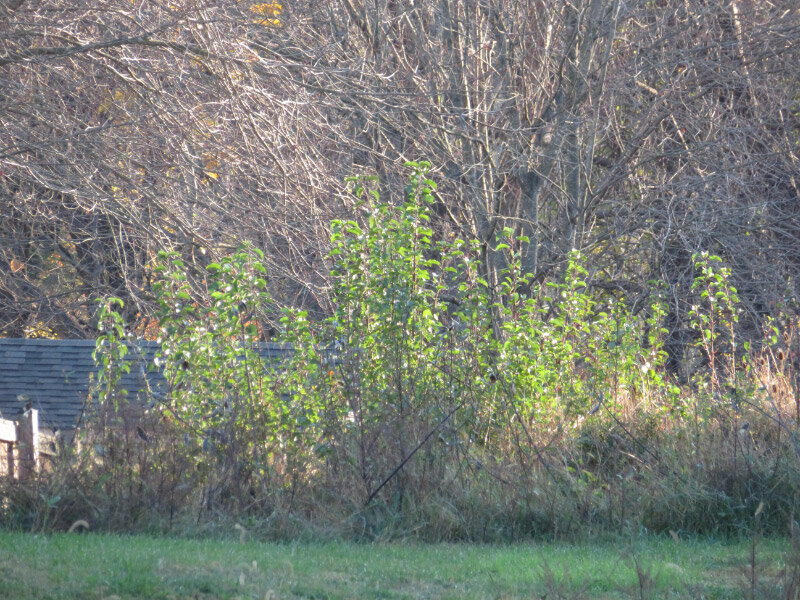Gleanings of the Week Ending December 19, 2020
/The items below were ‘the cream’ of the articles and websites I found this past week. Click on the light green text to look at the article.
How Has Photography's Relationship With Nature Evolved Over the Past 200 Years? | Smart News | Smithsonian Magazine – A little history…that I used as a prompt to look for some of the works on Internet Archive. I’ll post about what I found for Kazumas Ogawa in a post next week.
Infographic: Deciphering Diet from Blood and Urine Samples | The Scientist Magazine® - Full article also available and more interesting that the infographic! The approach is still not perfected…but it may eventually help us get to personalized nutrition plans without as much trial and error that is required now.
Connection between gut bacteria and vitamin D levels -- ScienceDaily – Lots more needed to understand Vitamin D. This study indicated that blood tests for Vitamin D might not be useful at all since they don’t measure active Vitamin D….and active vitamin D is what correlates to gut bacteria…and potentially bone health. “Maybe it’s not how much vitamin D you supplement with, but how you encourage your body to use it.”
Get a Bird's-Eye View of UNESCO World Heritage Sites Across the Globe – Some beautiful places…from overhead.
How Non-Native Plants Are Contributing to a Global Insect Decline - Yale E360 – Insect declines….then birds. Lots of reasons to focus on planting natives a much as we can. I’m glad the forest behind my house is full of native trees and that I’ve replaced 2 bushs in the front of my house with natives. The challenge is to control the small but prolific invasive plants growing on the forest floor and into our yard enough for non-natives to survive. There used to be native jack-in-the-pulpits in our forest until several years ago.
How do we separate the factual from the possible? New research shows how our brain responds to both -- ScienceDaily – This article was frustrating. The study found that factual language is something our brains respond to. That’s not the issue at this moment in our nation’s history. The problem is the use of factual language about something not factual! Maybe this article is why we need to be more worried about public discourse/pronouncements.
It's One Hot Place Deep Down On The Floor Of Yellowstone Lake – About studies at Yellowstone Lake…the sensors and what they are revealing.
Shuttering fossil fuel power plants may cost less than expected -- ScienceDaily – Interesting…but I hope we’ll retire them all well before 2035 with the cost of renewals coming down so quickly. It will make economic sense to just do it!
Keeping Black Bears Wild And People Safe – This article is about black bears in Smokey Mountains National Park and the BearWise program more broadly. We do have Black Bears in Maryland and they occasionally show up in our area; there was one that showed up at our nearby elementary school a few years ago – caused a school lockdown until it wondered off.
Meet the Dipper, the Songbird That Swims – Evidently they are easier to spot in Colorado during the winter when they are concentrated long streams that remain unfrozen…but they are in the Rockies all year round…Dippers are elevation migrants (higher in the summer….lower in the winter). Maybe some post-pandemic trip we’ll look for them!



